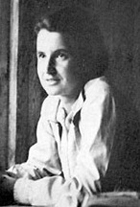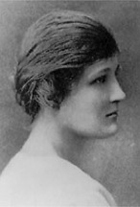Women in Science: Maria Mitchell-Astronomer
- August 29, 2014
Maria Mitchell (1818-1889)
Astronomer
Growing up in the whaling town of Nantucket, Massachusetts Mitchell grew up learning about the stars and navigation. She could rate the chronometers for whaling ships and plot the movements of the planets.
In 1847, her discovery of a comet invisible to the naked eye won her international fame and a medal from the king of Denmark. After that, she went to work for the U.S. Nautical Almanac Office to compute ephemeredes of the planet Venus.
When Vassar College was founded in 1865, she joined the faculty as a professor of astronomy and director of the college observatory. She became the first woman elected to the American Academy of Arts and Sciences, and founded the Association for the Advancement of Women in 1873, chairing the Committee on Women’s Work in Science until her death.




